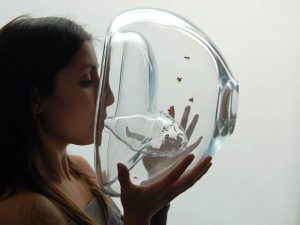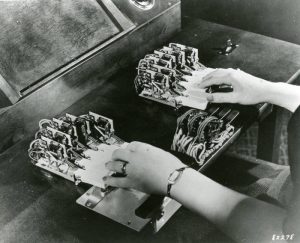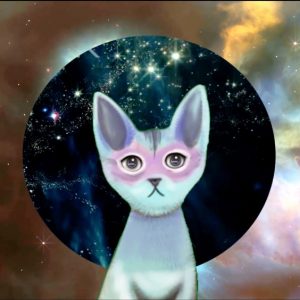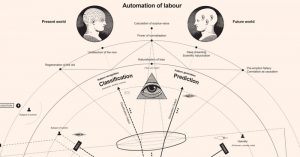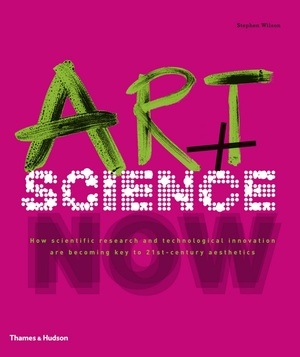 Art + Science Now – How scientific research and technological innovation are becoming key to 21st-century aesthetics by Stephen Wilson, Professor, Conceptual Information Arts Program, Art Dept. at San Francisco State University (available on amazon Uk and USA.)
Art + Science Now – How scientific research and technological innovation are becoming key to 21st-century aesthetics by Stephen Wilson, Professor, Conceptual Information Arts Program, Art Dept. at San Francisco State University (available on amazon Uk and USA.)
Publisher Thames & Hudson says: In the 21st century, some of the most dynamic works of art are being produced not in the studio but in the laboratory, where artists probe cultural, philosophical and social questions connected with cutting-edge scientific and technological research.
Their work ranges across disciplines – microbiology, the physical sciences, information technologies, human biology and living systems, kinetics and robotics – taking in everything from eugenics and climate change to virtual reality and artificial intelligence.
Art + Science Now, the first illustrated survey of its kind, provides a dazzling overview of this new strand of contemporary art, showcasing the best international work produced since 2000.
Featuring around 250 artists from around the world, it presents projects from body art to bioengineering, from music and computer-controlled video performances to large-scale visual and sound installations, all of which challenge our assumptions about our relations with science, technology and the world around us.
Stephen Wilson summarizes the latest scientific research for the lay reader, and supplements his text with a reading list and extensive online resources, highlighting the museums, festivals, research centres and educational programmes that support this new work.
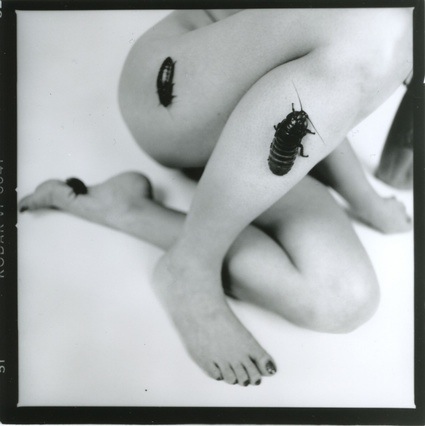 Miya Masaoka, Ritual With Giant Hissing Madagascar Cockroaches, 2002
Miya Masaoka, Ritual With Giant Hissing Madagascar Cockroaches, 2002
Art + Science Now is very different from Wilson’s 2002 book Information Arts: Intersections of Art, Science, and Technology. Its design is less austere. Its content, while solid and reliable, is less thorough but it is probably because Art + Science Now has a different publisher geared toward a broader audience. It is one of those rare book that manages to reach the elusive balance between information of the broad public and inspiration for the expert, whether the later belongs to the art world or the scientific arena.
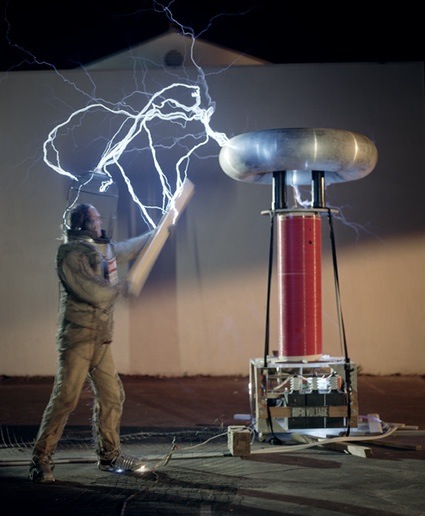 Austin Richards, Dr. Megavolt, 2006
Austin Richards, Dr. Megavolt, 2006
The chapters correspond to 8 fields of investigation. The book bravely opens with Molecular Biology. Then come Living Systems, Human Biology, Physical Sciences, Kinetics & Robotics, Alternative Interfaces, Algorithms and the survey closes with Information.
Each and every introduction for the chapters is a real tour de force. The texts sum up in a clear language the latest advances in sciences and the complex issues that accompany them. The introductory text is followed by a presentation of dozens of artworks which engage with that particular area of science.
While the focus of the book is art, Wilson doesn’t discriminate against works by designers and by artists who comment on science while using traditional media such as painting.
Art + Science Now is a great starting point for anyone wishing to expand their horizon, reflection, knowledge and critical view on the impact that current scientific developments are having on art and, more generally, on our culture. Highly recommended!
Just a few examples of works i’ve (re)discovered in Art + Science Now:
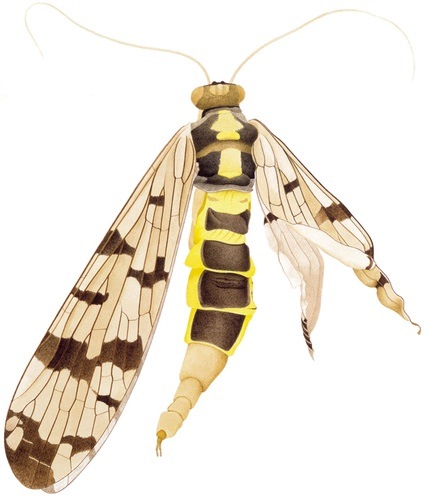 Heavily deformed scorpion fly (Panorpa communis) from Reuenthal, Switzerland, near the nuclear-power plant Leibstadt (1988)
Heavily deformed scorpion fly (Panorpa communis) from Reuenthal, Switzerland, near the nuclear-power plant Leibstadt (1988)
Since the catastrophe of Chernobyl in 1986, Cornelia Hesse-Honegger has been painting morphologically disturbed insects, which she first found in the fallout areas of Chernobyl. When she first published her watercolors in a Swiss magazine in 1988, scientists expressed their skepticism, insisting that the fallout in Western Europe from the Chernobyl accident was too small to cause morphological disturbances in insects.
She therefore did the same job around working nuclear power plants in Europe and found out that nuclear installations do cause deformities in insects, particularly Heteroptera leaf bugs, and are a terrible threat to nature. Hesse-Honegger discovered that risks of low-level exposure are insufficiently studied by scientists connected to government institutions and universities. She calls for truly independent studies — from university scientists not dependent on government funding.
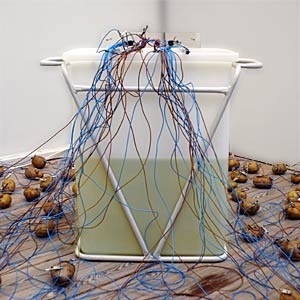 Mogens Jacobsen, Power of Mind 3
Mogens Jacobsen, Power of Mind 3
Mogens Jacobsen submerged a computer in vegetable oil while a galvanic battery powered by hundreds of potatoes drives a software system that suppresses most of the words in a text from a report about human rights in Denmark. As the potatoes begin to dry out or sprout the suppressed words and censored sentences will gradually reappear in the text.
This process is not visible in the gallery space, but can only be seen by accessing the system on the internet.
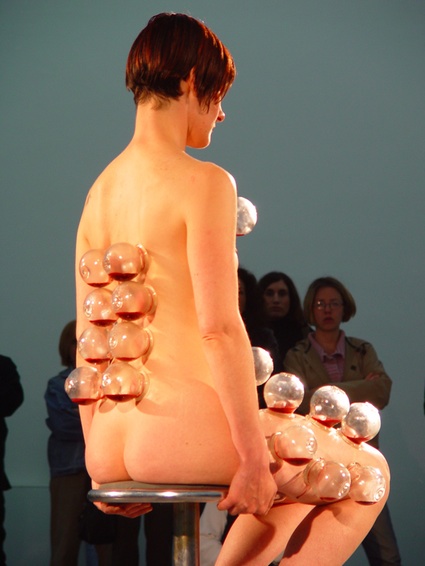 Kira O’Reilly, Wet Cup, 2000
Kira O’Reilly, Wet Cup, 2000
For her performance Wet Cup, Kira O’Reilly, placed warm glass sphere over cuts on her body. The cooling of the cup creates a partial vacuum and slowly extracts blood from the body.
The human body is also a cup — a sculpture having an aesthetic dimension whose function is to contain the fluid of life. New confines that go beyond the skin are outlined by the transparent containers as they are being filled with blood. Traces are left on the body — scars from cutting and from the cups.
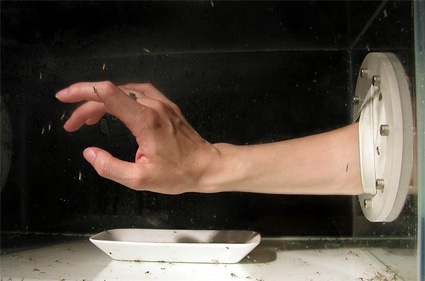 Oliver Kunkel, Mosquito Box, 2003
Oliver Kunkel, Mosquito Box, 2003
Oliver Kunkel smashed a scientific looking glass box, containing HIV-infected mosquitoes at an art festival in Slovenia. The exhibition and surrounding area is evacuated, and the fear of infection among the local population is alarming. It is a work about fear, and human’s lack of knowledge concerning one of the world largest and most widely recognized epidemic.
Inside the book:
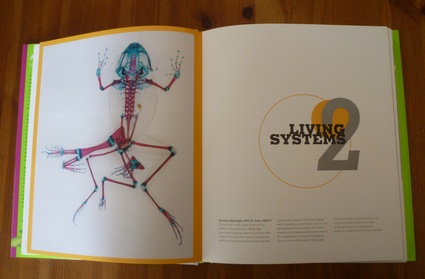
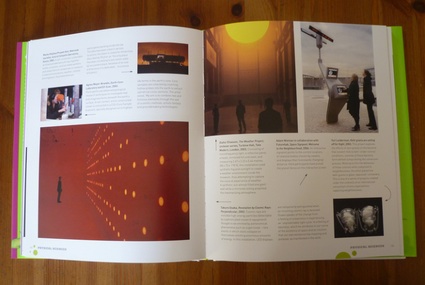 More information about the book on the author’s website.
More information about the book on the author’s website.
Previously: Interview with Stephen Wilson.

